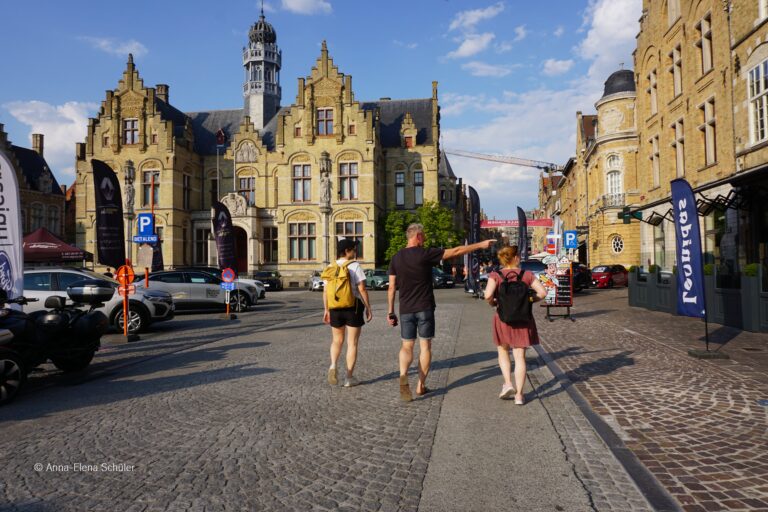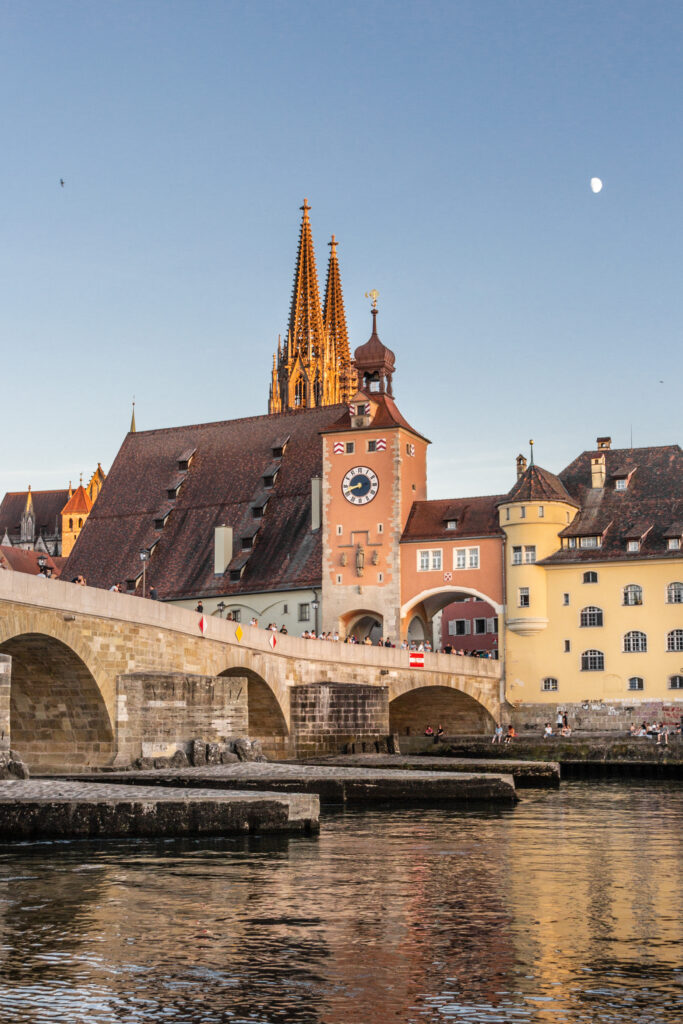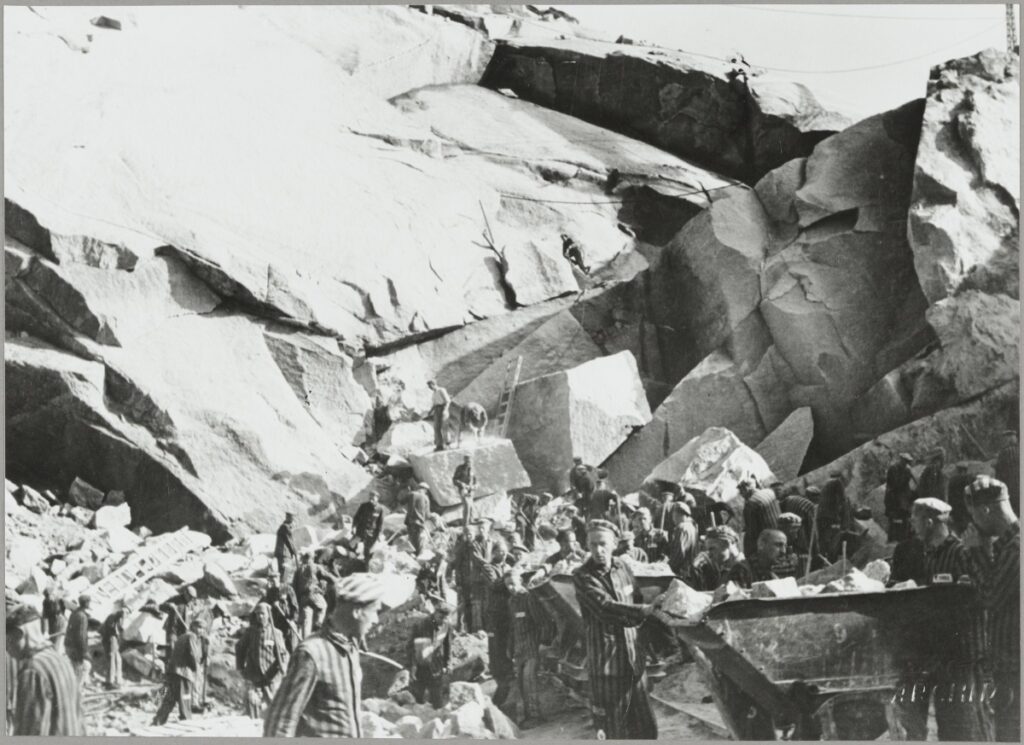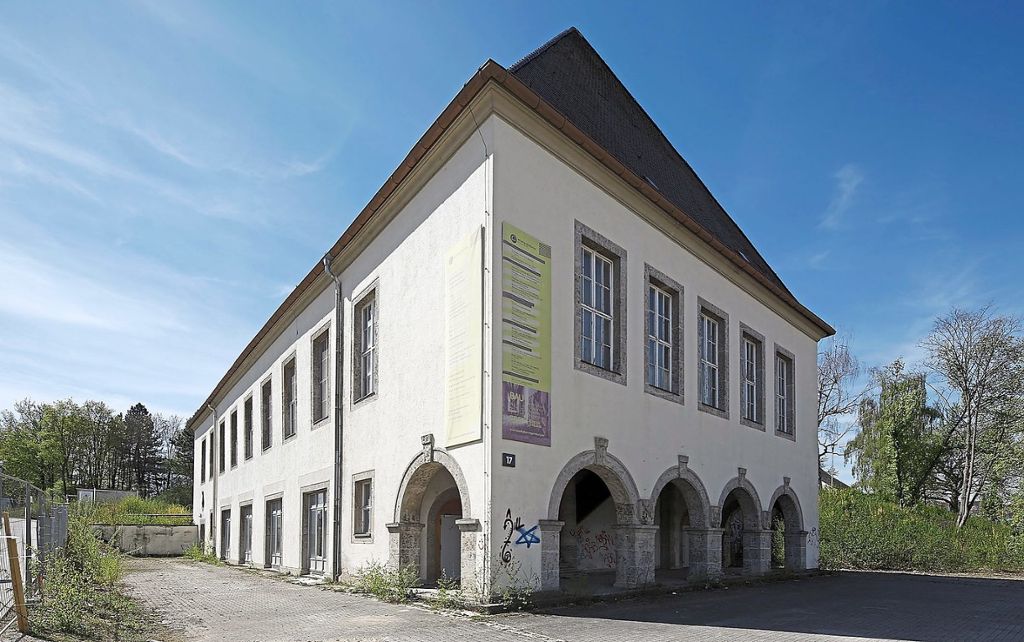Overview of completed project seminars

What is my home? Displaced persons in Cadolzburg
Special exhibition initiated and designed by PHKV students
The fact that students of public history and cultural mediation are also involved in the field of history mediation beyond seminars and ECTS credits and that they practise curatorial work at an early stage is demonstrated by the exhibition project “What is my home? Expellees in Cadolzburg”. Housed in the Cadolzburg Historical Museum, the special exhibition was conceived on the initiative of a team of five PHKV students. It sheds light on the history of Germans displaced from their homeland to Cadolzburg as a result of the Second World War and the associated memories of the people of Cadolzburg.

In search of traces from Congo to Flanders Fields
Excursion to Belgium in the summer term 2023
As part of the project seminar ‘Exhibiting the History of Violence: War and colonialism in museums and public spaces using the example of Belgium’, a multi-day excursion to Belgium took place in the summer semester of 2023 under the direction of Prof Dr Juliane Tomann and Prof Dr Jörg Skriebeleit. Participants from two Master’s degree programmes explored the question of how the history of violence is (re)presented in museums and public spaces.

Regensburg Memorial Landscape of the Old Empire
Conception of an analogue-virtual memorial landscape of the Holy Roman Empire in Regensburg
The Imperial Diet of the Holy Roman Empire met in Regensburg. This imperial city was also home to the residence of the Bishop of Regensburg, the imperial monastery of St Emmeram and the two ladies‘ abbeys of Obermünster and Niedermünster. The city can therefore be seen as a kind of empire in miniature. It has a high density of objects and places associated with epochal events in imperial history and central structures of the empire. The project aims to present this rich historical heritage to the town’s inhabitants and its many visitors in a vivid and understandable way and to anchor it in the collective memory.

Identifying the horror
Preparation and visualisation of historical data using the example of the death marches of the Flossenbürg concentration camp in 1945
In the seminar, the personal and location data already available in digitalised form from various provenances was linked and visualised for the reconstruction of the death marches.

The Nibelungenkaserne as a place of remembrance
From Nazi barracks to an international meeting place
The seminar investigated the history and the different layers of time of the Regensburg Nibelungenkaserne and interpreted it as a place of remembrance with a more general meaning. The aim of the seminar was to develop a virtual exhibition that visualises the biography of the building with its difficult continuities and ruptures. To this end, not only were the relevant archive holdings examined and documents, images and artefacts collected, but an exchange with specialists on the history of the building and its use was also sought.

Difficult places
Historical culture and public space
The seminar focuses on commemoration and remembrance of violence and experiences of violence in the 20th century, more specifically in the context of National Socialism, war, destruction, forced migration and extermination/Holocaust. How, by whom and in what way is it remembered? What intentions, political programmes, long-term effects and consequences are associated with this – culturally, in terms of social and mental history, monument policy and urban planning? The topic will be analysed using the very differently structured ‘memorial sites’ of Dresden (with the processing of the bombing war), Aussig on the Elbe (with the processing of the expulsion) and Flossenbürg concentration camp (with the memory of the victims of the Nazi extermination policy) as examples. The seminar will reflect on this in terms of method and content.